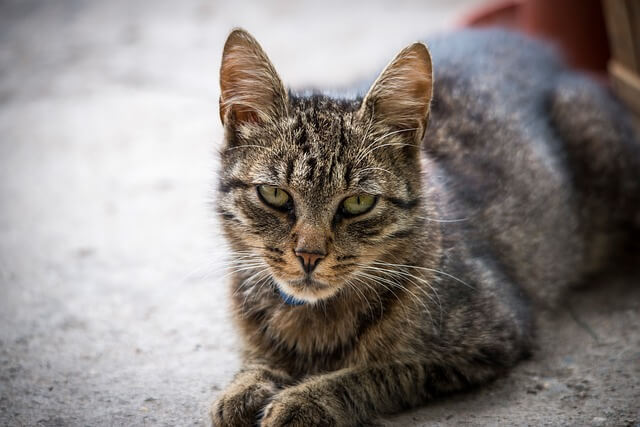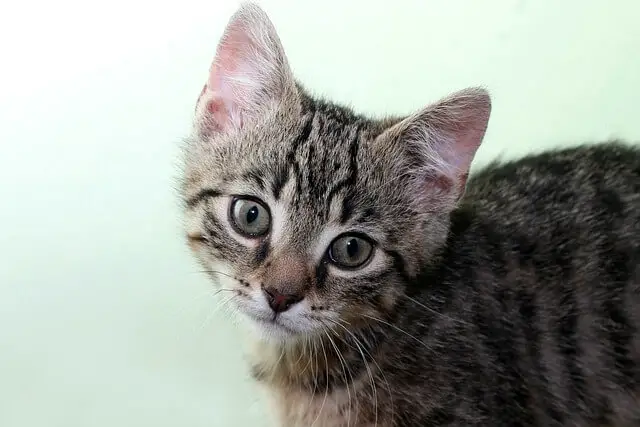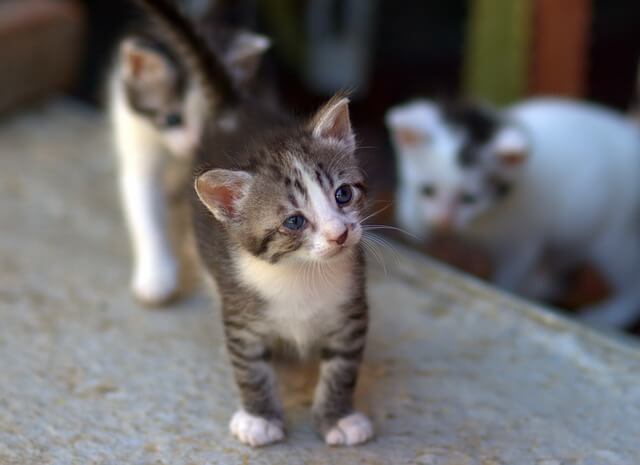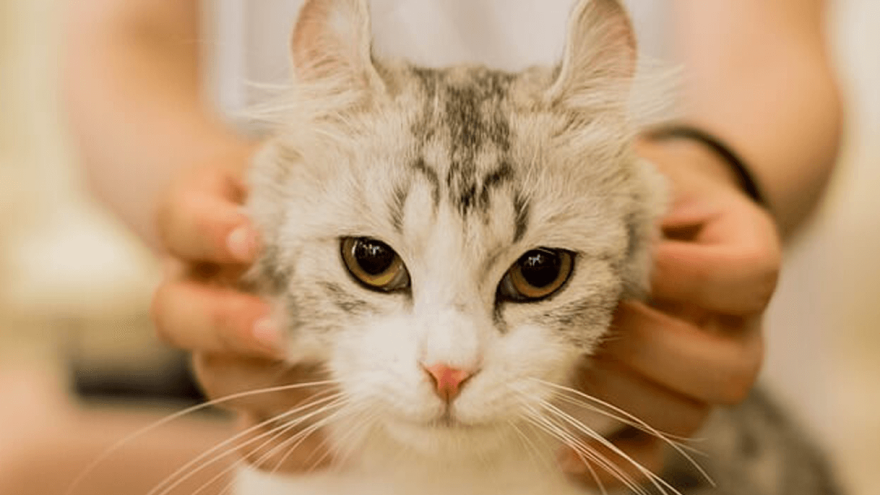Blood in Cat Stool - When To Get Worry & Call You Vet
19.03.2022.
It's natural to be alarmed when you first notice blood in your cat's stool, especially if they're otherwise acting normally. This situation, however, is a massive clue to your favorite feline's health. There are some methods to figure out what's going on and, more importantly, when to schedule a quick checkup with your vet. Here's everything you need to know about blood in your cat's stool.
What does typical cat poop look like?
Cat poop is typically two to three inches long, one-half inch in diameter, well-formed, and brown to tan in color. Grading the fecal quality and estimating the quantity can help your veterinarian diagnose your cat's condition more quickly and correctly.
The majority of cats defecate once per day. The odor should not be overpowering. If you pick up your cat's poop by hand, you should be able to do so without the stool running through your fingers. That's all there is to it. Litter box utensils are available to assist you in cleaning your cat's litter box.
What does the presence of blood in my cat's feces mean?
Finding blood in your cat's poop can be terrifying, and it's natural to assume it always means something serious. However, there are various reasons why your cat's stool may contain blood, and many of them are easily treatable. Food allergies or eating something unsuitable, infection, parasites, a reaction to some medications, anal gland issues, and colitis are all possible causes of blood in cat poop.

Stress can also cause blood in your cat's poop. For example, if you've recently moved or it's fireworks season. Other potential causes include pancreatitis, toxicity (such as consuming rat poison), cancer, or a blood disorder. While many of these causes are minor, others are life-threatening and require immediate medical attention, so always consult with a veterinarian to be safe.
What does blood in my cat's poop look like?
Identifying blood in a cat's poop can be a challenging task. To begin, litter can sometimes change the color and conceal – or create – changes in your cat’s poop appearance. If the blood comes from the lower intestinal tract, particularly the distal colon (large intestine) or rectal region, it will most likely look like blood. On the sides of the litter box and on top of the stool or litter, red or pink drops or smears are frequently discovered.
Blood from the upper intestine, especially the small intestine, will be black or brown. This color change is caused by enzymes secreted in the small intestine that usually digest the food. Partially digested blood is frequently visible as dark dots, specks, or coffee grounds.
It is important to note that both constipation and diarrhea can result in blood in a cat's stool. The presence of bright red blood without diarrhea or hard, dry stools usually indicates that the problem is closer to the rectum and anus.
Is blood in cat feces a medical emergency?
There are so many potential causes of blood in your cat's feces that it's impossible to say whether it's an emergency without knowing more. It’s best to call your vet if you notice your cat’s poop is bloody. Depending on how the conversation goes, they may simply ask you to keep an eye on your cat, advise you to schedule an appointment to have them checked out, or advise you to take them to the ER right away. Calling your veterinarian will either put your mind at ease or ensure that your cat receives treatment if necessary.

What should you do if your cat has blood in its stool?
Even if there is no blood in the stool, but your cat's bowel movements are abnormal for a few days, you should contact your veterinarian. Taking care of the GI issue can help prevent blood from appearing in the stool.
If your cat's poop has been normal and you see some blood once, keep an eye on them for the next day or two. If your cat shows any signs of illness or if you see blood the next day, it's time to take them to the vet.
If your cat has had diarrhea for more than a day or two, contact your veterinarian to determine the cause and assist in resolving the problem. This is the best course of action whether or not you see blood.
If your cat hasn't had a bowel movement in a few days, contact your veterinarian. Constipation is also indicated by your cat straining to defecate. Your veterinarian can help relieve your cat's discomfort and may be able to identify the source of constipation. Keeping your cat on a fiber-rich diet can help prevent constipation and alleviate it once it occurs. However, if you notice straining and blood, it is likely that veterinary care is required.
Make sure you follow your veterinarian's recommendations for parasite screening on a regular basis. This is usually recommended once a year, but it should be done more frequently if your cat has unusual stools. This is especially critical if your cat ever goes outside.

Diagnosing the problem
When attempting to determine the cause of your cat's bloody stool, your veterinarian will first perform a thorough examination. A stool sample may then be required to test for parasites and bacterial overgrowth. In addition, your veterinarian may advise you to have lab tests done to check for problems with the cat’s blood cells, organ function, and urinary tract. Abdominal radiographs (X-rays) may also be required to detect foreign bodies, tumors, or structural abnormalities. To get a better look at the abdomen, an ultrasound may be recommended.
How is blood in a cat’s stool treated?
The treatment for bloody stools is generally determined by the cause of the blood. If no acute illness is found, your veterinarian may recommend GI support medications and supplements. This could include using probiotics for some time. A dietary change may also be required.
World Cat Finder Team







Share